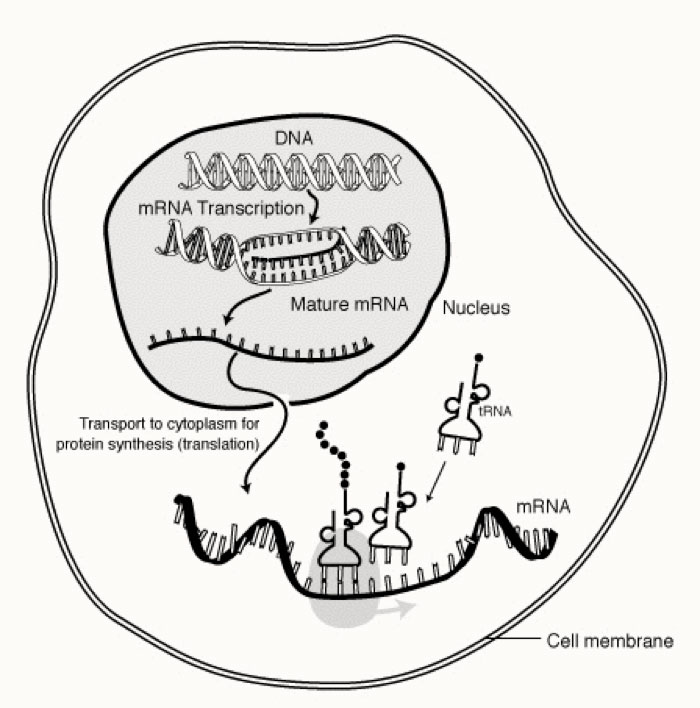Team:UCL London/Medicine/DNAVaccines
From 2011.igem.org
What are they?
DNA vaccines are made up of small plasmids. In DNA vaccines the desired gene of a pathogenic virus is inserted into the gene sequence of an E.coli cell (this process is known as transfection) and allowed to proliferate and produce more copies of the DNA insert coding for the desired antigen. These genes would then be extracted, purified and used to produce the DNA vaccine. This form of immunisation is termed fourth generation vaccination. Once injected into the host's muscle tissue, the DNA is taken up by host cells, which then start expressing the foreign protein. The antigen stimulates an immune responses and protective immunological memory.
DNA vaccines work beautifully in stages to promote an immune response to infection as well as develop immunity:
- Plasmid DNA (pDNA) is transfected into the host’s cell.
- It then enters the nucleus of the cell and uses the ‘inner machinery’ to replicate itself just like ordinary genomic DNA.
- Replication ends with the translation of the DNA sequence embedded in the plasmid to a protein molecule. In this case, it is the specific antigenic protein that we want as our final product.
 "
"
